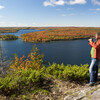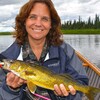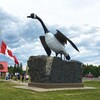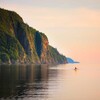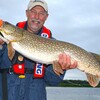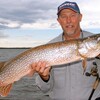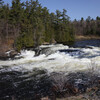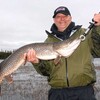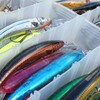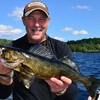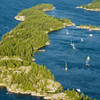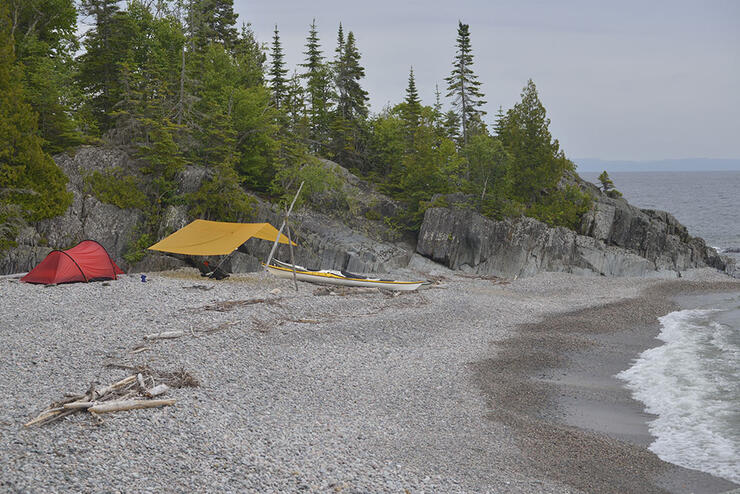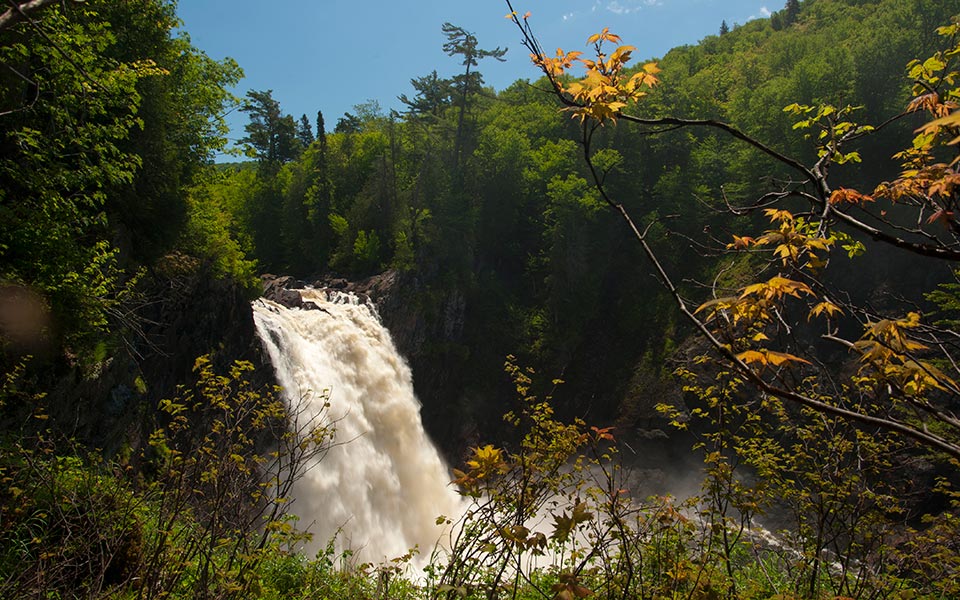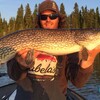
Discover Crown Land Camping in Algoma Country
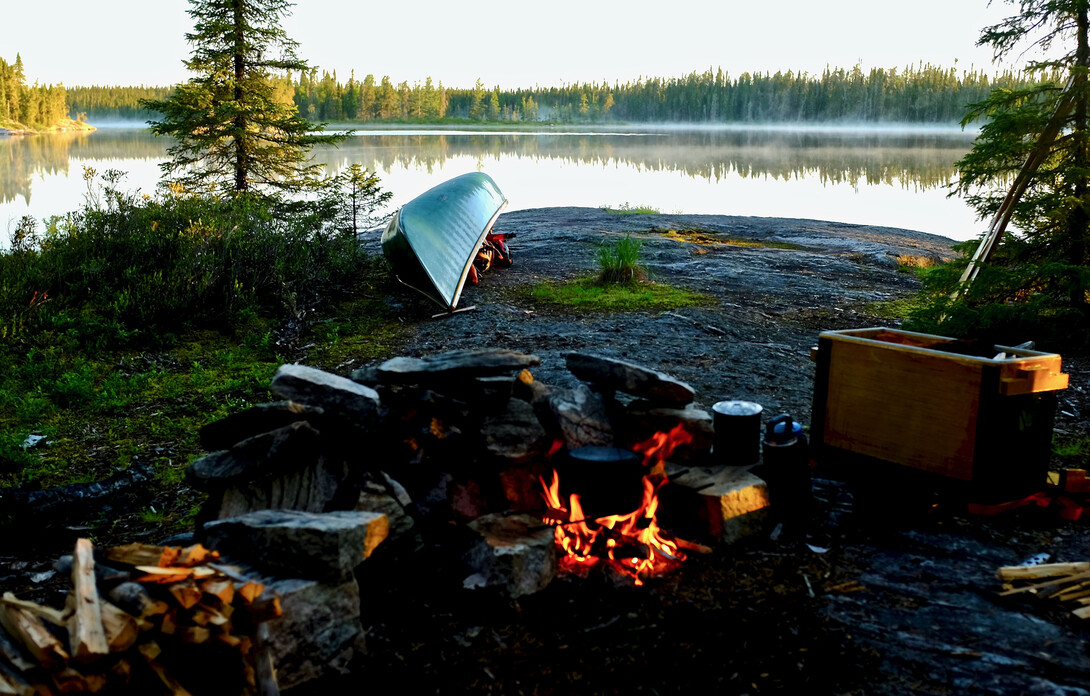
With camping surging in popularity, provincial parks across Ontario are anticipating another busy summer. This emerging trend has been attributed to the global pandemic—and also because Ontario’s protected areas highlight some of the most spectacular scenery in the province. Count yourself fortunate if you’re able to score a campsite at Algoma Country’s best campgrounds, such as Pancake Bay, Lake Superior, and Missinaibi provincial parks. Drive-in campgrounds at these parks feature electrical and non-electrical sites, comfort stations, sanitary pump-outs, and more. You’ll also find great interpretive programs delivered by park staff and nearby hiking trails and canoe routes. Pandemic aside, is there any wonder why Ontario Parks have become so popular?
But Algoma Country is awash with great camping options. There are plenty of private campgrounds to choose from throughout the region, including scenic trailer campsites on Lake Superior and fish-filled inland lakes. Private campgrounds come with plenty of conveniences for RV and tent campers alike, such as showers, washroom facilities, septic pump-outs, electrical sites, WIFI and more.
Another great option if you'd prefer a more rustic, DIY option is Crown Land. The Ontario Ministry of Natural Resources and Forestry administers most of Northern Ontario outside of urban centres, First Nations, and provincial parks for a variety of uses, including outdoor recreation. With certain exceptions, Canadian residents are allowed to camp on Crown land for up to 21 days per year in one location. Best of all? This right is free! (Non-residents must use an outfitter to rent a tent or trailer, take a guided trip or pay $10 per day for a Crown land camping permit.) The MNRF’s Crown Land Use Policy Atlas is an online tool that allows you to identify areas in Ontario where free camping is allowed.
Where to Crownland Camp
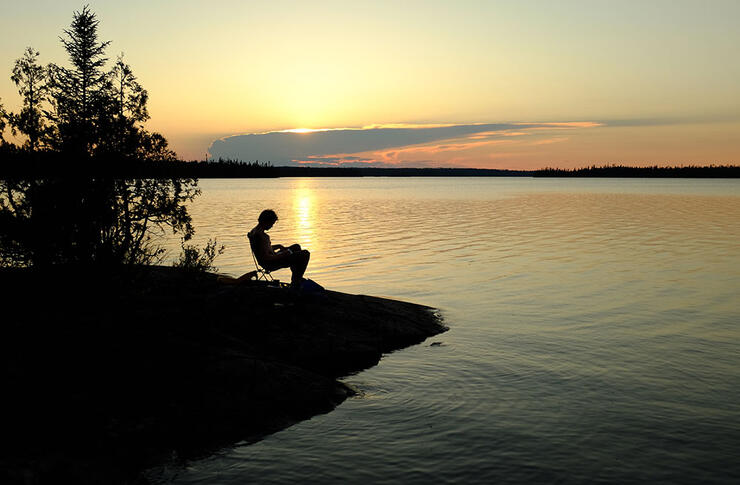
Want to narrow your search?
Here are five great places to camp on Crown land in Algoma
1. Ranger Lake Road: This gravel highway bisects the heart of Algoma Country, from the Trans Canada Highway just north of Sault Ste. Marie to Highway 129 between Thessalon and Chapleau. You’ll find road-accessible camping options at pretty much any body of water along the way, including Spike Lake, located just east of Ranger Lake (around the 60-kilometre mark).
2. Highway 129: This rollercoaster paved road running 220 kilometres north from Thessalon to Chapleau has plenty of campsites and amazing scenery. Check out roadside Crown land areas along the Mississagi River, including Pig Pen Chutes, as well as parts of Wakomata Lake.
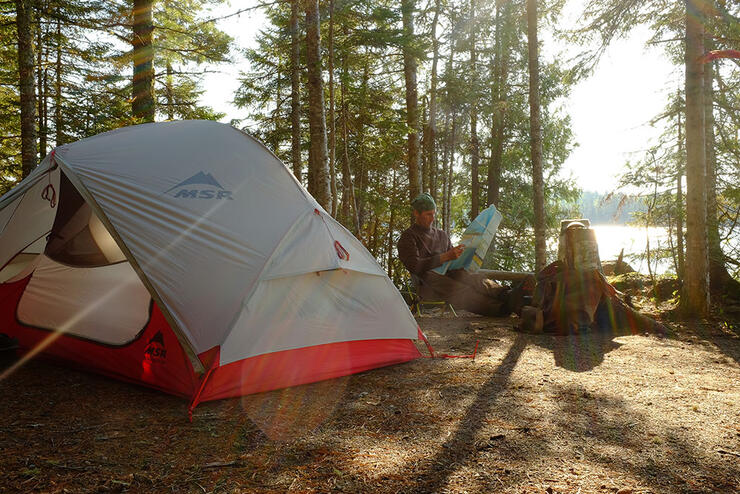
3. Obatanga Provincial Park: Non-operating provincial parks like Obatanga, which straddles Highway 17 halfway between Wawa and White River, are treated like Crown land for camping and non-motorized backcountry adventures. You’ll need navigation and primitive camping skills for a canoe trip into Obatanga’s secluded lakes. The reward? Stunning boreal forest scenery and great fishing.
4. Highway 17 North: The stretch of highway between Sault Ste. Marie and Wawa are recognized as one of Canada’s most scenic drives. Much of the Lake Superior shoreline is protected by Lake Superior Provincial Park (camping fees are required), however, you’ll find small pockets of Crown land north of Pancake Bay Provincial Park and Mamainse Harbour. Study the Crown Land Use Policy Atlas to identify legal camping options just off the highway corridor.
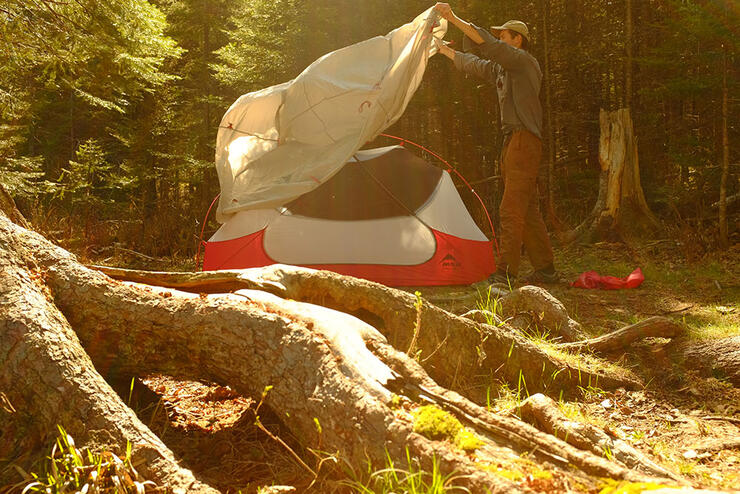
5. Blind River and Matinenda Provincial Park: Vast networks of inland lakes and waterways and non-operational parks between Blind River and Elliot Lake provide great backcountry canoe camping in Algoma Country. Matinenda Lake (off of Highway 557, north of Blind River) and Flack Lake (off of Highway 639, north of Elliot Lake) are gateways to this expansive playground for experienced paddlers.
Once you’ve identified a place to explore and pitch your tent (or in some cases, set up your RV or trailer), it’s important that you adhere to “leave-no-trace ethics”—guidelines that will minimize your impacts on the environment. Leave No Trace is a framework that was developed in the 1990s to develop “awareness, appreciation, and respect for our wildlands.” The philosophy is rooted in seven principles:
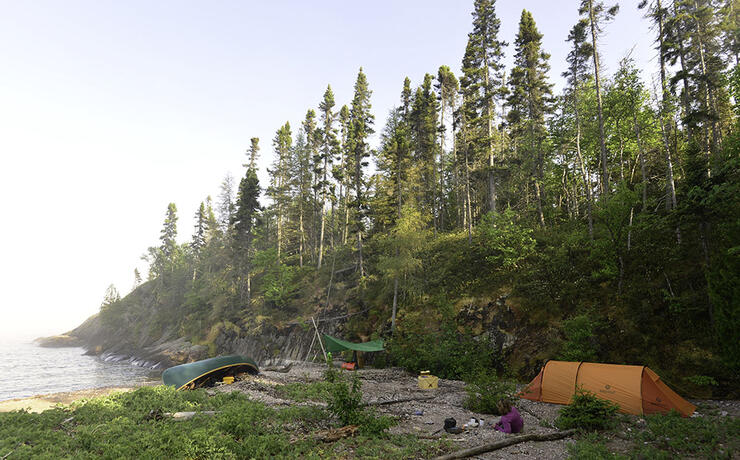
7 tips for Crownland Camping
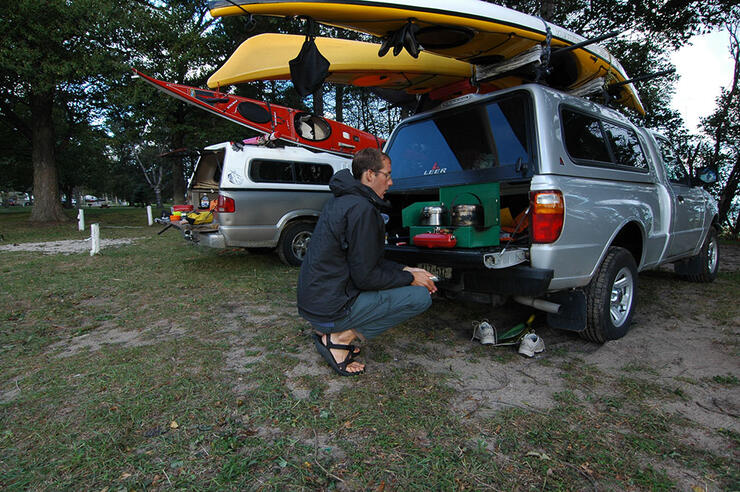
1. Plan Ahead and Prepare: Know the rules, make sure camping is legal and bring the right gear.
2. Travel and Camp on Durable Surfaces: Minimize erosion by using existing tent sites. It is illegal to cut new trails on Crown land and in provincial parks.
3. Dispose of Waste Properly: Human waste and dishwater should be disposed of at least 200 metres from surface water. If a latrine isn’t available, dig about 20 centimetres into organic matter to bury human waste and toilet paper, well away from camping areas and trails.
4. Leave What You Find: Do not remove any artifacts and leave wildflowers and attractive stones for others to enjoy.
5. Minimize Campfire Impacts: Keep campfires small and use only dead, downed wood—live trees do not burn. Use existing fire pits on mineral soil (sand or rock) and be mindful of fire restrictions.
6. Respect Wildlife: Do not harass or feed birds, bears, and other wildlife.
7. Be Considerate of Others: Crown land is a shared resource. Be mindful of others’ privacy, control your pets and keep noise to a minimum.
Recommended Articles
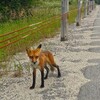
A Motorcycle Tale
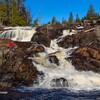
Do Go Chasing Waterfalls
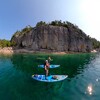
Your Next SUP Destination
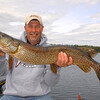
Fishing How-Tos

Farmers' Markets in Algoma
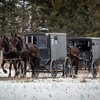
A Trip into the Past
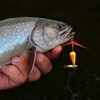
Fishing Knots 101
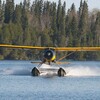
DHC-2 Beaver
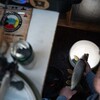
Algoma Ice Fishing for Perch and Walleye
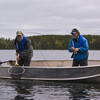
Train to Algoma
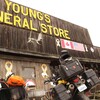
Old-Fashioned Shops

Troll, Then Cast
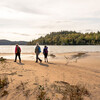
Gargantua Harbour and Warp Bay
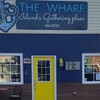
The Wharf
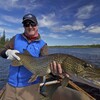
Lifelong Love of Northern Pike
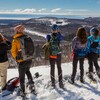
Winter Fun
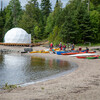
Life Under The Dome
More Than a Sport: Fly Fishing in Algoma
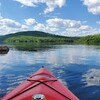
Four Seasons of Fun
